Cooking pan-seared lamb chops is an art that combines precision, patience, and a keen sense of flavor. Lamb chops, known for their tender texture and rich, earthy taste, can be transformed into a gourmet dish with the right techniques and ingredients. Whether you’re a seasoned chef or a home cook eager to impress, this comprehensive guide will walk you through every step of preparing perfectly seared lamb chops. From selecting the right cut to mastering the sear, we’ll cover all the essentials and some bonus tips to elevate your culinary skills.
Choosing the Right Lamb Chop
Before you even think about seasoning or cooking, it’s crucial to start with high-quality lamb chops. There are several types of lamb chops available, each offering a unique flavor and texture. Here are the most common varieties:
-
Rib Chops: These are the most tender and flavorful, often featuring a layer of fat on one side, known as the “cap.” They are ideal for special occasions due to their price and luxurious taste.
-
Loin Chops: Slightly leaner than rib chops, loin chops are tender and have a nice balance of flavor and texture. They are a great option for everyday dining.
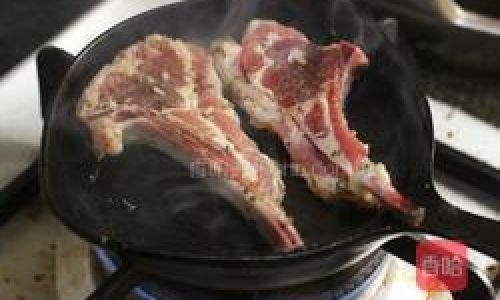
-
Shoulder Chops: These are more marbled and flavorful but can be tougher. They benefit from longer cooking methods like braising, but can also be pan-seared and finished in the oven for a tender result.
-
Rack of Lamb (French-Cut Chops): This cut includes the rack of lamb, often Frenched (cleaned of meat and fat along the bone) for a dramatic presentation. It’s best suited for roasting but can be cut into individual chops for searing.
When choosing lamb chops, look for meat that is bright red in color, with firm, moist flesh and a clean smell. Avoid any chops that appear dark, dry, or have an off odor.
Preparation: Trimming and Seasoning
Once you’ve selected your lamb chops, it’s time to prepare them for cooking. Here’s how:
-
Trimming Fat: For rib and loin chops, you may want to trim excess fat, especially if the chops have a thick layer of fat on one side. Aim to leave a thin layer (about 1/4 inch) to keep the meat moist and flavorful during cooking. Shoulder chops generally benefit from more fat, so trimming is less necessary.
-
Seasoning: Seasoning is key to enhancing the natural flavors of the lamb. Start with a good quality sea salt and freshly ground black pepper. You can also use a blend of herbs and spices to suit your taste. Popular options include rosemary, thyme, garlic powder, and a touch of Dijon mustard or olive oil to help the seasonings adhere to the meat.
For a more complex seasoning profile, try making a compound butter: Mix softened butter with minced garlic, chopped fresh rosemary, and a pinch of salt and pepper. Spread this mixture evenly over the lamb chops before cooking.
-
Resting the Meat: After seasoning, let the lamb chops rest at room temperature for about 30 minutes. This allows the meat to come to a more uniform temperature, ensuring a more even cook.
Preparing Your Pan and Cooking Oil
The right cooking surface and oil can make a significant difference in the outcome of your pan-seared lamb chops.
-
Choosing a Pan: A heavy-bottomed skillet, such as a cast iron or stainless steel pan, is ideal for searing. The heavy bottom distributes heat evenly, preventing hot spots that can cause uneven cooking.
-
Preheating the Pan: Preheat your skillet over medium-high heat for at least 5 minutes. The pan should be very hot before you add the oil and lamb chops.
-
Selecting the Oil: Use an oil with a high smoke point, such as avocado oil, grapeseed oil, or clarified butter (ghee). These oils can withstand the high temperatures needed for searing without smoking or burning.
The Sear: Technique and Timing
Now, it’s time to cook your lamb chops. Here’s a step-by-step guide to achieving a perfect sear:
-
Adding Oil: Once the pan is hot, add a small amount of oil (about 1-2 tablespoons). Swirl the pan to coat the bottom evenly.
-
Placing the Chops: Carefully place the lamb chops in the pan, making sure they are not overcrowded. You may need to cook in batches to avoid lowering the pan’s temperature.
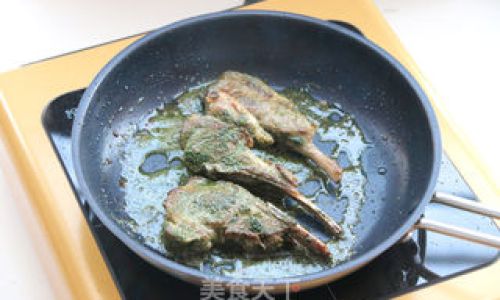
-
Searing: Let the chops cook undisturbed for about 3-4 minutes on the first side. You should hear a sizzling sound and see a nice brown crust forming. Use tongs to flip the chops and sear the other side for another 3-4 minutes.
For an even deeper sear and flavor, you can finish the chops in the oven. Transfer the skillet to a preheated oven (400°F or 200°C) and cook for an additional 4-6 minutes for medium-rare, or until a thermometer inserted into the thickest part of the chop registers 130°F (54°C).
-
Checking Doneness: Use an instant-read thermometer to check the internal temperature of the lamb chops. For medium-rare, aim for 130-135°F (54-57°C); medium is 140°F (60°C); and well-done is 155°F (68°C).
Finishing Touches: Resting and Serving
Once the lamb chops are cooked to your liking, it’s essential to let them rest. This allows the juices to redistribute, ensuring a juicy, tender bite.
-
Resting: Transfer the lamb chops to a plate lined with paper towels or a clean plate, and let them rest for about 5-10 minutes. Tent the chops loosely with aluminum foil to keep them warm without overcooking.
-
Serving: While the lamb chops are resting, you can prepare a simple sauce or garnish. Compound butters, mint jelly, red wine reduction, or a yogurt-based tzatziki are all excellent complements.
For a gourmet touch, drizzle the lamb chops with a bit of extra virgin olive oil, freshly squeezed lemon juice, and a sprinkle of chopped fresh parsley or rosemary.
Bonus Tips for Perfect Lamb Chops
-
Marinating: For added flavor, consider marinating the lamb chops in a mixture of olive oil, lemon juice, garlic, and herbs for a few hours or overnight.
-
Temperature Control: Maintaining an even cooking temperature is crucial. Avoid opening the oven door frequently during cooking, as this can cause temperature fluctuations.
-
Using a Splatter Screen: To keep your kitchen clean and avoid burns, use a splatter screen when searing the lamb chops.
-
Deglazing the Pan: After removing the chops, deglaze the pan with a bit of broth, wine, or water, scraping up the browned bits on the bottom. This makes a delicious pan sauce to serve with the lamb chops.
-
Pairing Wines and Sides: Lamb chops pair well with robust red wines like Cabernet Sauvignon or Merlot. As for sides, consider roasted vegetables, couscous, or a fresh green salad.
In conclusion, making pan-seared lamb chops at home can be a rewarding culinary experience. By following these steps and tips, you’ll be able to create restaurant-quality lamb chops that are sure to impress your family and friends. Remember, the key to success is patience, attention to detail, and a love for good food. Happy cooking!
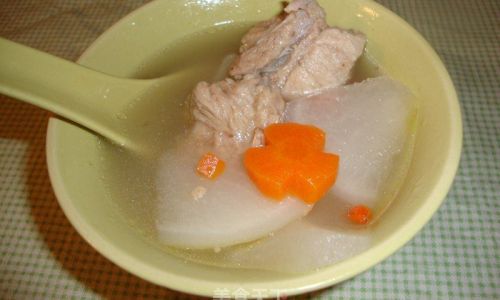
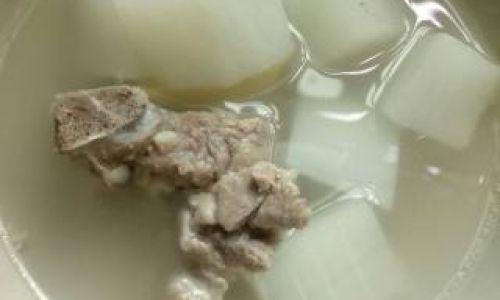
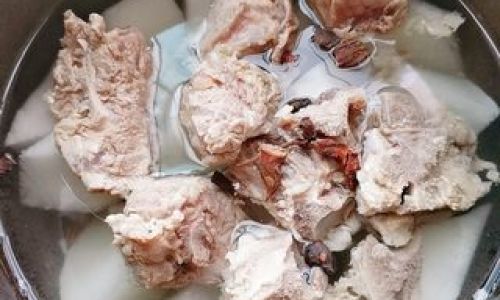
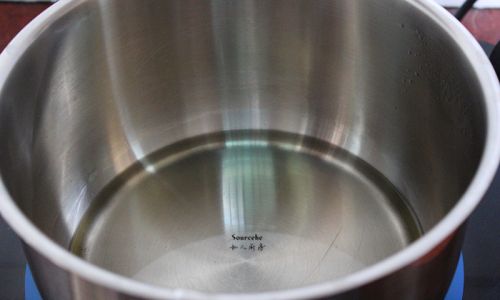
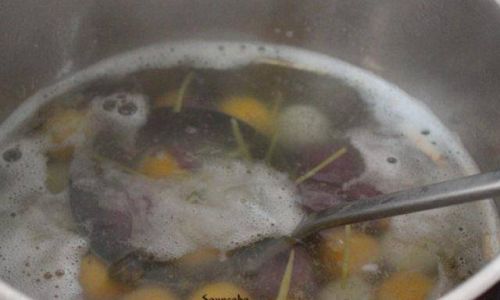
0 comments